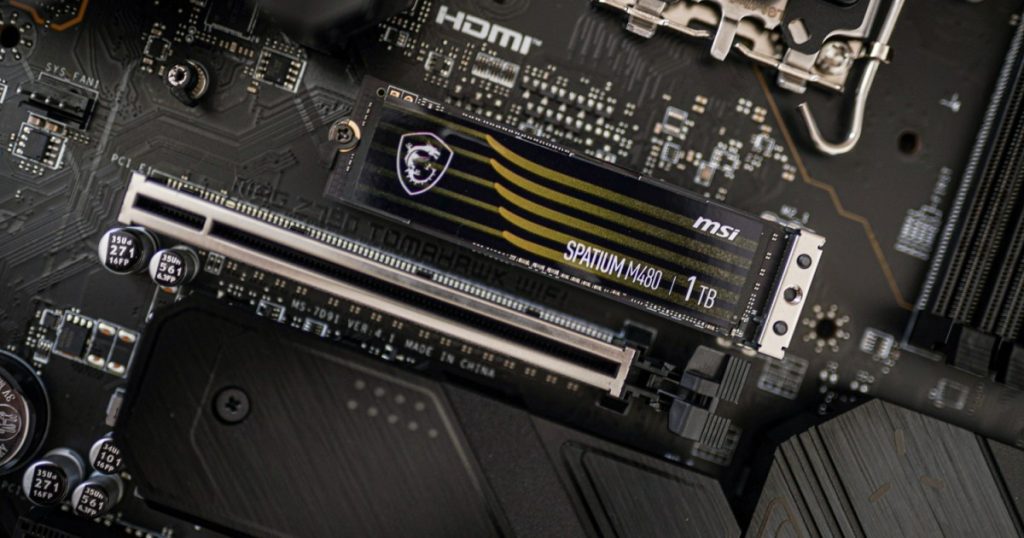Picking the best solid-state drive (SSD) for your needs may seem straightforward, but there are important considerations to keep in mind. Choosing between SATA and NVMe, determining the right capacity, and understanding read/write speeds are all essential factors in making the right choice. Here’s a comprehensive guide to help you make an informed decision when buying an SSD.
SATA or NVMe?

The choice between SATA and NVMe SSDs depends on your motherboard and the form factor it supports. While SATA is an older interface, NVMe offers faster speeds and is ideal for modern, high-performance systems. Understanding the differences between these two options is crucial in selecting the right SSD for your needs.
NVMe drives, operating over the PCIe interface, provide significantly faster read/write speeds compared to SATA drives. Modern motherboards usually come with M.2 slots for NVMe SSDs, making them a popular choice for many users. On the other hand, SATA SSDs are more common in a 2.5-inch form factor and offer a reasonable upgrade over traditional HDDs.
Which one to pick?
If your PC supports it, choosing an M.2 NVMe SSD is recommended for improved performance. While SATA SSDs are still viable options, NVMe drives offer faster speeds and better overall performance, especially for resource-heavy tasks like gaming and video editing.
Ensure that your motherboard supports the chosen form factor and interface before making a purchase. It’s essential to consider the compatibility and performance benefits of NVMe SSDs for your specific use case.
Storage
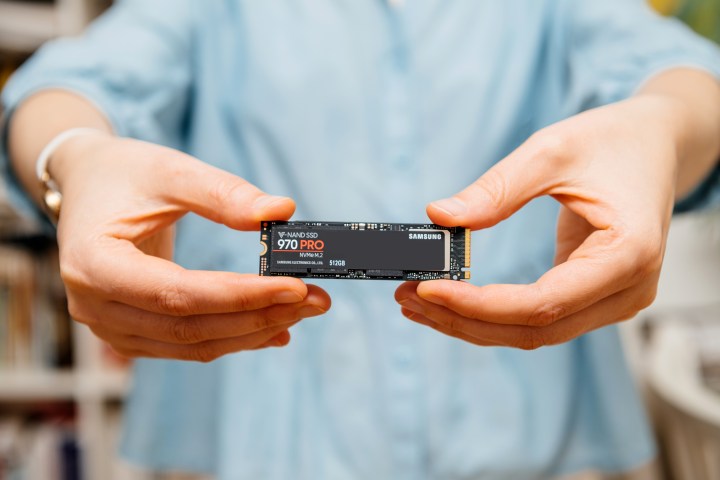
Once you’ve decided on the form factor and interface, consider the storage capacity based on your usage requirements. Starting with at least 512GB of storage is recommended for most users, with 1TB or higher options suitable for gamers and content creators.
While larger SSD capacities are available, it’s important to assess your actual storage needs to avoid overspending on unnecessary storage space. Balancing capacity, performance, and budget is key to selecting the right SSD for your system.
Durability
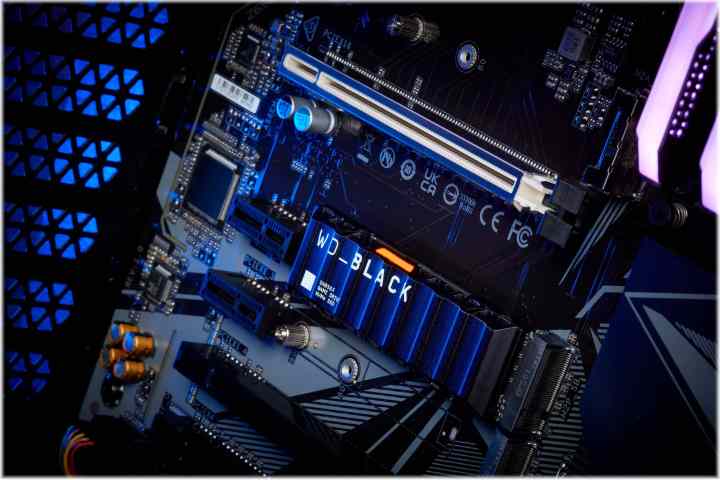
Consider the durability and endurance of the SSD based on metrics like terabytes written (TBW) and mean time to failure (MTTF). Understanding these factors can help you assess the longevity and reliability of the SSD for long-term usage.
While durability metrics may not be a primary concern for most users, it’s worth considering if you prioritize reliability and longevity in your storage solution. Backing up essential data regularly is always recommended to safeguard against potential hardware failures.
Read/write speeds

When choosing an SSD, pay attention to read/write speeds to ensure optimal performance for your system. Higher read speeds lead to faster data retrieval, resulting in improved overall system responsiveness and efficiency.
Modern SSDs offer varying levels of read/write speeds, with PCIe 5.0 SSDs delivering the fastest performance. While faster speeds are desirable, it’s essential to consider the cost-effectiveness of higher-speed SSDs based on your specific computing needs.
Budget
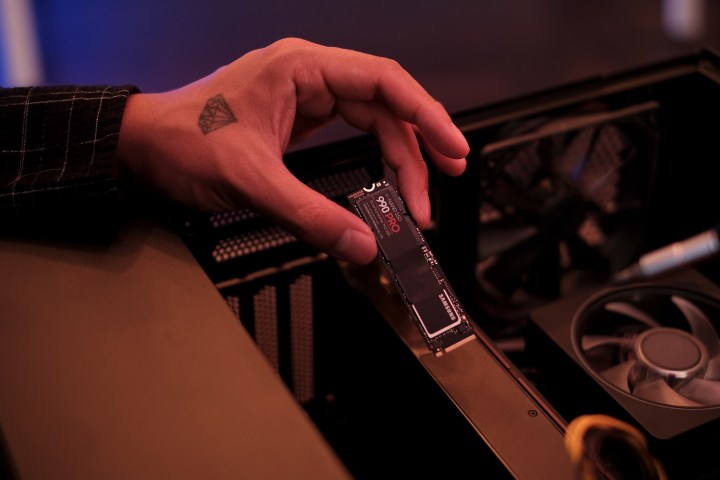
Consider your budget when selecting an SSD, as prices vary based on form factor, interface, and storage capacity. SATA SSDs are affordable options, while PCIe 5.0 SSDs offer top-of-the-line performance at a higher cost.
Investing in a high-quality SSD that meets your performance needs within your budget is crucial. Compare prices and features across different SSD types to find the best storage solution for your system.
Pick the SSD that best suits your needs
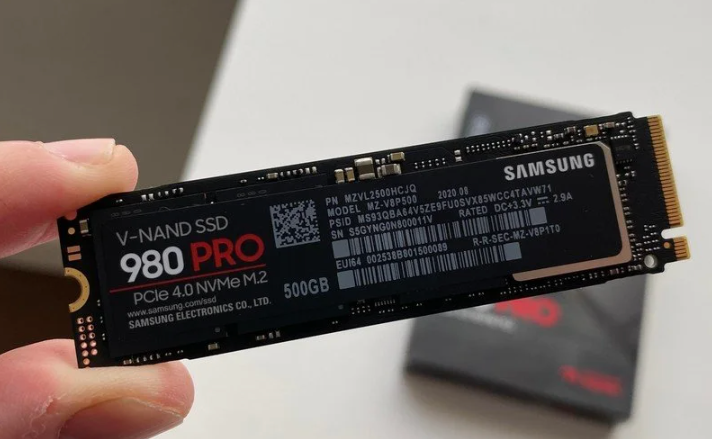
Choosing the right SSD involves considering performance, durability, and budget constraints. Selecting a high-performance SSD that aligns with your computing needs and budget will ensure an optimal storage solution for your system.

